|
Spending the month of July in the middle of nowhere, with no modern conveniences has changed me. After I returned, I found the idea of a soft pillow unusually luxurious. The simple concept of a chair to sit on defined what civilization was for me. I was on a team whose mission was to recreate the 1926 expedition of Don and Phyllis Munday on their quest to find a route to Mt. Waddington. In their day, the highest mountain that lay within the borders of B.C. was not discovered yet and the Mundays called it Mystery Mountain. There is a couple of things, I realized, that you have to accept in order to survive such an adventure. The first is, you have to be ok with dirt. I sat in the dirt, ate in the dirt, slept on the hard ground, sometimes moss covered, sometimes bumpy. I used ferns or pine needles as my mattress and for my doorstep, the latter being a futile attempt to keep the tent clean. I also knew that the day to day experience was not going to be a comfortable walk in the park. In fact it was an exercise in discomfort and misery. If the multitude of mosquito bites were not driving me crazy, the sweat pouring from my nose from hiking in the hot weather made my only hiking shirt wet, sticky and stinky. The 1926 style packframes were made of wood with canvas shoulder straps. No padding for us tough mountaineers. Needless to say, the packs didn’t fit me well. My shoulders got used to the painful weight and I didn’t think about it as much as my feet placement on the uneven terrain. I didn’t want to trip or twist my ankle or step into a hole. That would be very bad. I walked very deliberately and slowly often with a stick for balance. There were plenty of sticks around the forest floor. It wasn’t until our first full rest day, two weeks into the trip, that I settled into sort of a routine and was able to shake the exhaustion and feel more energized. I tended to my blisters, I rested, I slept. If it weren't for Advil to dull the pain I felt in my ankles, and pretty much everywhere I would have had no comfort. Now back in civilization, it took me weeks to heal my body and to slowly reintegrate into the hustle and bustle. I felt the pull of being outdoors acutely. We are so sheltered in our homes, our cars, our jobs. Ours is a much more convenient and sedentary life. Because many things are easy we don't need to work for them. We don't need to make things, repair things. We just go out and buy a new one. I reflect on how I felt after the month in the wilds. I felt free and unburdened by stuff. Life is simpler. There is less mental energy spent on choosing things, like what to wear, what to eat, what to do today. I know walking in the wilds is not a life for me but the freedom, the connection with something grander is something I can take with me into the wild city. Want to know more? Read about my newest project at Photography 1926 Style.
Support me by funding the art project. Funds go toward purchase of hard-to-come-by and expensive photographic chemicals. Sign up here for the newsletter for more stories of curious things delivered to your inbox. Gearing Up and Getting Ready Rummaging, finding, sewing Sourcing clothing that fits 1926 style has been a fun challenge. I was loaned a pair of wool knickers from a fellow member of the Alpine Club of Canada. I bought wool shirts and cotton/wax jacket from Woolrich, a company that has been around a hundred years and still makes quality clothes that haven't changed much. Good 'ol Amazon has a company in India selling wool puttees (leg wraps). We had hobnail boots custom made in New Zealand. The tents were designed by one of our expedition members and sewn from Egyptian cotton sailcloth we sourced close to home in Ontario. We each made our sleeping bags with down duvet lined with wool blanket and covered with cotton. Needless to say much of this gear is not ultra-light. Another team member custom-made trapper-style wood pack-frames with canvas bag. Real hemp ropes were newly bought and the primus stoves are antique but still work. Funding and Sponsors 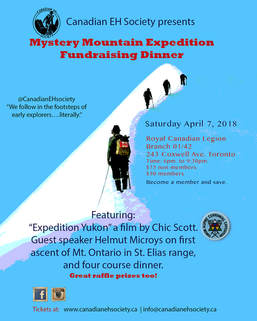 Getting funding for an expedition of this magnitude is an undertaking. The Mystery Mountain Project has corporate sponsors from Royal Canadian Geographic Society and Mountain Equipment Co-op. Stanfields has given us union-suit long underwear. We have support from the Alpine Club of Canada and Fjall Raven Kitsilano Store. We've had fundraising dinners, a gear-swap event and just finished an Indiegogo campaign. The funds are there to buy remaining gear, the food and transport we need. So many people have worked on the project, supported it and donated. We cannot express our thanks to such a vibrant, and engaged community.
This story doesn't end here. Fundraising continues so keep sharing these stories. There is more work to be done in getting a show prepared and exhibiting it. This will happen later in the year and early 2019. The Route Here is how the weeks will unfold. The team meets in Vancouver June 30 and finishes up some food shopping. After Canada Day celebrations and some promo events and TV appearances, we'll drive to Quadra Island for the start of the expedition. We'll set up base camp on the glaciers and climb Mt. Munday and attempt Mt. Waddington. The weather is volatile in this region so any climbing objective will be dependent on good weather. Once we're done with the mountains, we bushwack back to the Homathko logging camp for a water taxi back to Quadra Island. If all goes according to plan we emerge in Vancouver again August 5th. After all that, I'm heading to the pub for a nice cold beer! Have you ever looked at something so old and wondered how it was used? Reading the markings on the object as if it could tell you. I did just that with my Kodak No. 2 Autographic Brownie camera originally purchased in 1921. I believing that it would be simple enough tool. I'm not going to get all geeky-photo-techie on you. For some of you who have delved past the auto settings on your camera you'll know that it can sound complicated with all these numbers and archaic terms such as aperture or f-stop, shutter speed and film speed or ISO. Much like the Bermuda triangle, the Exposure triangle may sound menacing and a place to get lost in, but for most of us we don't give it a second thought or probably never even heard of it. The reason I'm bringing this up is not to give you a lesson on understanding your camera settings. If you need some tips there you can contact me directly. Really, I'd be happy to answer your burning questions. "What I've been working out is understanding this 96 year old camera. And it continues to surprise me."
Choose Clouds or Marine or something closer...what the f Only by chance did I come across an important distinction. Instead of f-stops, many of these old lenses are marked in the Uniform System (U.S.) established by Britian's Royal Photographic Society in 1881. You can see that on the face of this camera in the lower left-hand side right next to the screw. Whoah! That means what I thought was the average day setting of f8 for this old Kodak was really comparable to f11. Doesn't sound like much but given all the other variables it might just throw the whole exposure out of whack and I wouldn't have known until I were back home and developed it. So, the lesson for today is this: The f means the f-stop of course and my discovery of the Uniform System for lens apertures. I'm grateful for the internet to find this stuff out so I can go out there, take some shots with this 96 year old Kodak and hopefully not f it up. If you really want to get geeky about it; The U. S. (Uniform System) of marking stops for photographic lenses is based on the area of the opening. This system is generally used on rectilinear lenses. The f. system is based on the diameter of the opening, and is used on anastigmat lenses. Learn a thing or two and get an inside view of the expedition in the making. Be part of the project, 1926 style. Find out more here. Share with your friends
This was back in November 2017. As soon as I signed on for the Mystery Mountain expedition with Canadian EH Society I went searching for an authentic camera from the 1920's. There were many models being sold online. "What type of camera did the Munday's have in 1926", I asked myself. I scoured their published books for descriptions or references but they offered nothing specific. I couldn't with certainty find out exactly what model they had. I searched archive photos as clues. Wow, this was going to require a bit more research than I thought. Digging up the past Turning to the history of Kodak I learned that The Eastman Kodak company in the early 20th century had dozens of camera models. See the list here. It was a bit confusing to find what camera the Munday's had based on appearance alone. I've read the books by the Munday's telling of their travels but they never mentioned what type of camera they had. In fact they carried at least two cameras, a still photographic camera and a video camera that of course took silent movies. This model I selected has rounded corners but the Munday's camera had square corners. I worried whether it was it the same? I surmised that it was because the No. 2A Folding Autographic model changed its silhouette in 1917. My camera that I found on ebay was originally purchased in 1921. I know this because it had the original purchase receipt. The Munday's must have purchased their camera before 1917. A reasonable assumption. See some photos of the Munday's from BC archives here. Do we have chemistry together? Ok, so we found each other; I found someone selling it for a good price. The attraction was there; you looked good baby. But do we have chemistry to make it work? What type of film are you into and can I find it for your today? Photographic film types also used come in dozens of sizes. Today that has dwindled down to a few formats. Luckily the 120 format film is still produced today. Yes, you are my No.2. Want to know more? Read about my newest project at Photography 1926 Style. Support me by funding the art project. As a "starving" artist, you could support me by taking me out to brunch or for the same cost fund me. Funds go toward purchase of hard-to-come-by and expensive photographic chemicals. I may be so appreciative I'd go out to brunch with you anyway.
Want to know more? Read about my newest project at Photography 1926 Style. Support me by funding the art project. Funds go toward purchase of hard-to-come-by and expensive photographic chemicals. It was here at Bon Echo that curiosity got the best of me. We spend the long weekends of the summer here along with a gang of other climbers. See, the Bon Echo hut operated by the Toronto section of the Alpine Club of Canada is a place where conversations are easy, people are friendly and on this particular night the sunset was vibrant. My curiosity came in when I overheard conversations about an expedition. "How does one get involved with that?" I ask. "Talk to me!" was the reply. That was pretty much it. Curiosity got me here. A question opened the door. Let's take a look inside and see where it leads. I'm curious to find out how it turns out! Get an inside view and support this project. Fund the Art Share with friends
|
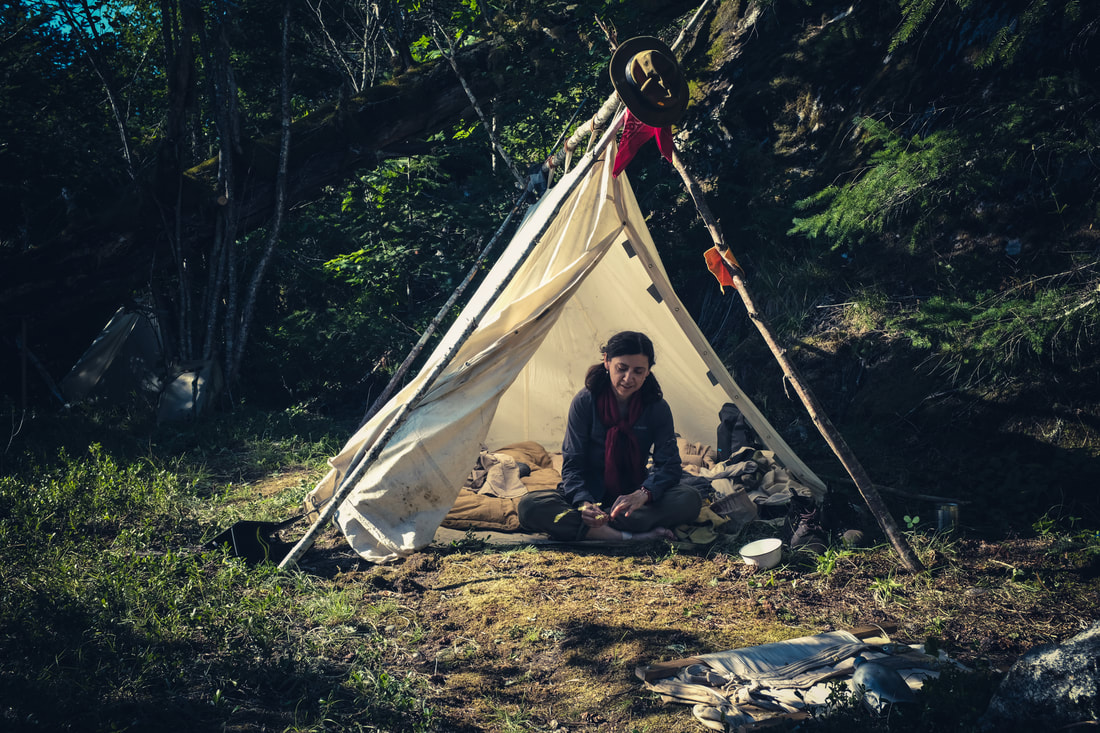
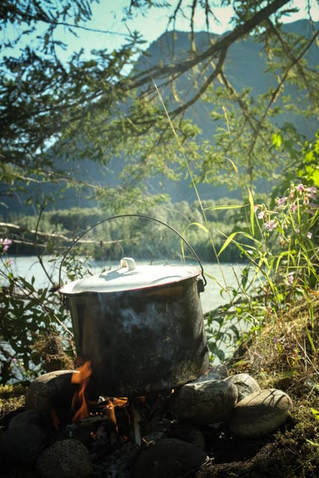
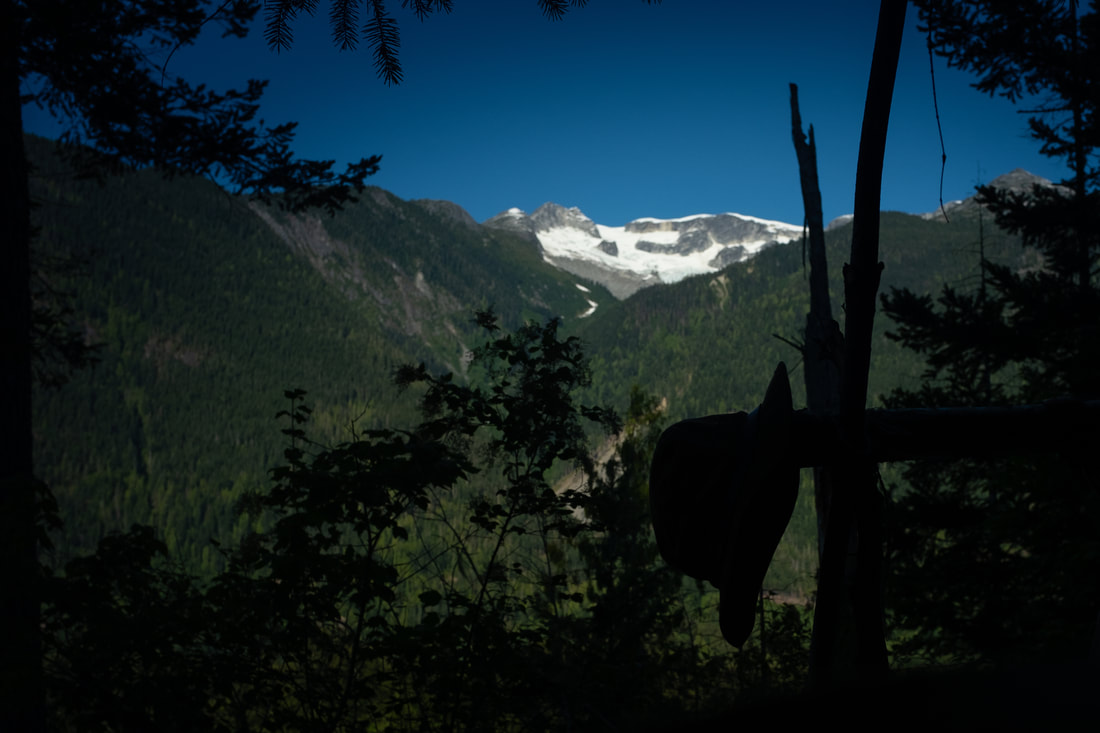
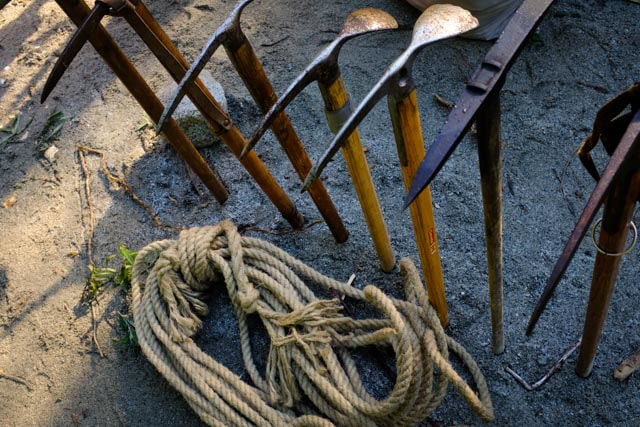
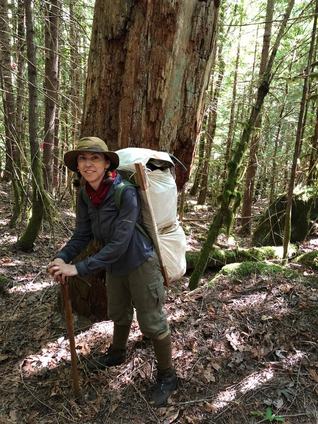
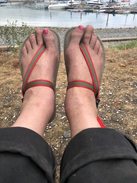
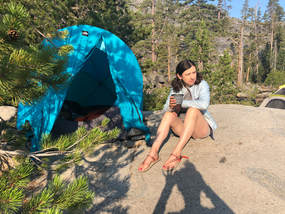
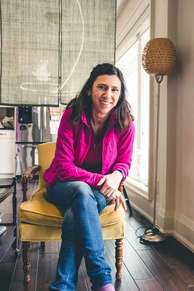
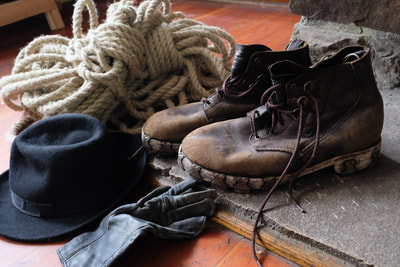
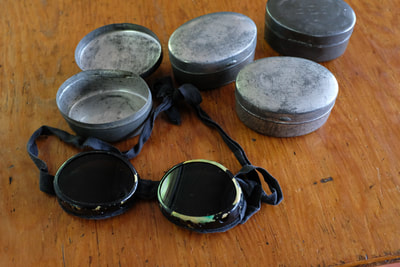
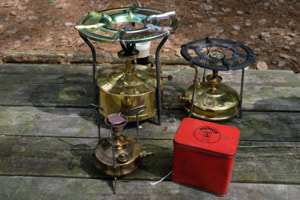
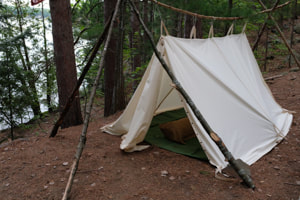
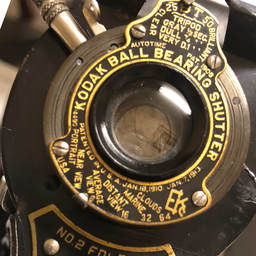
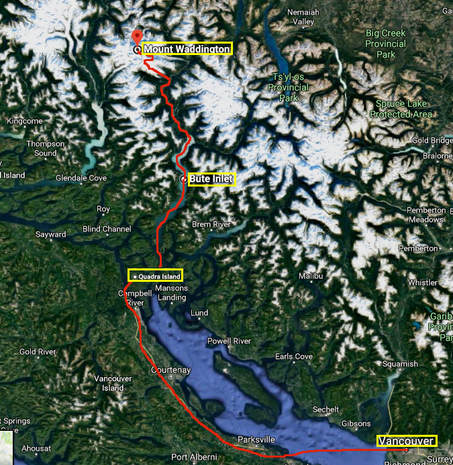
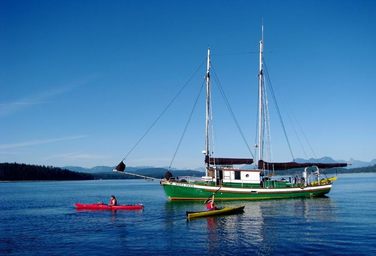
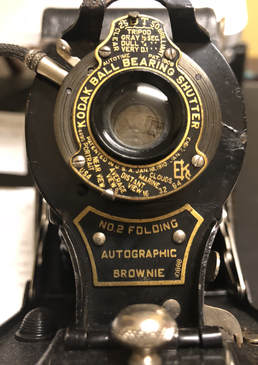
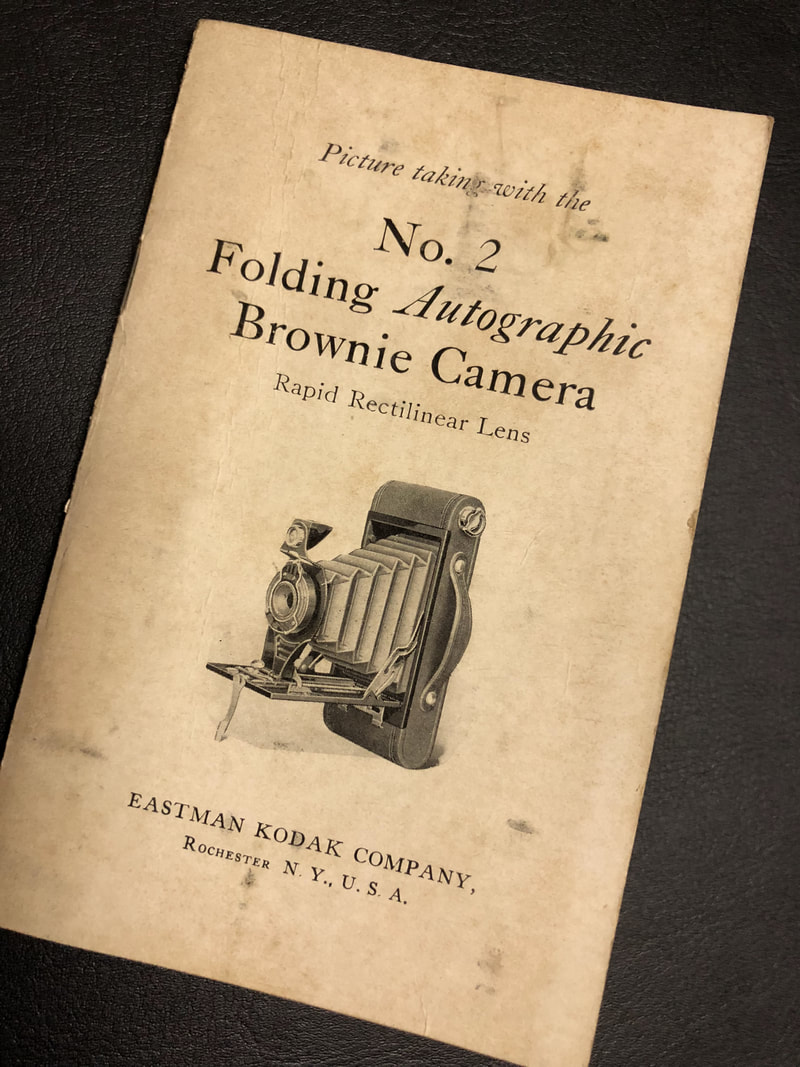
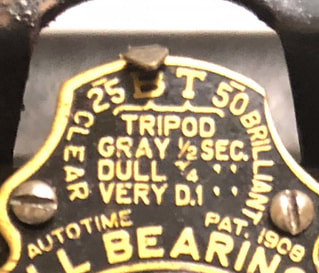
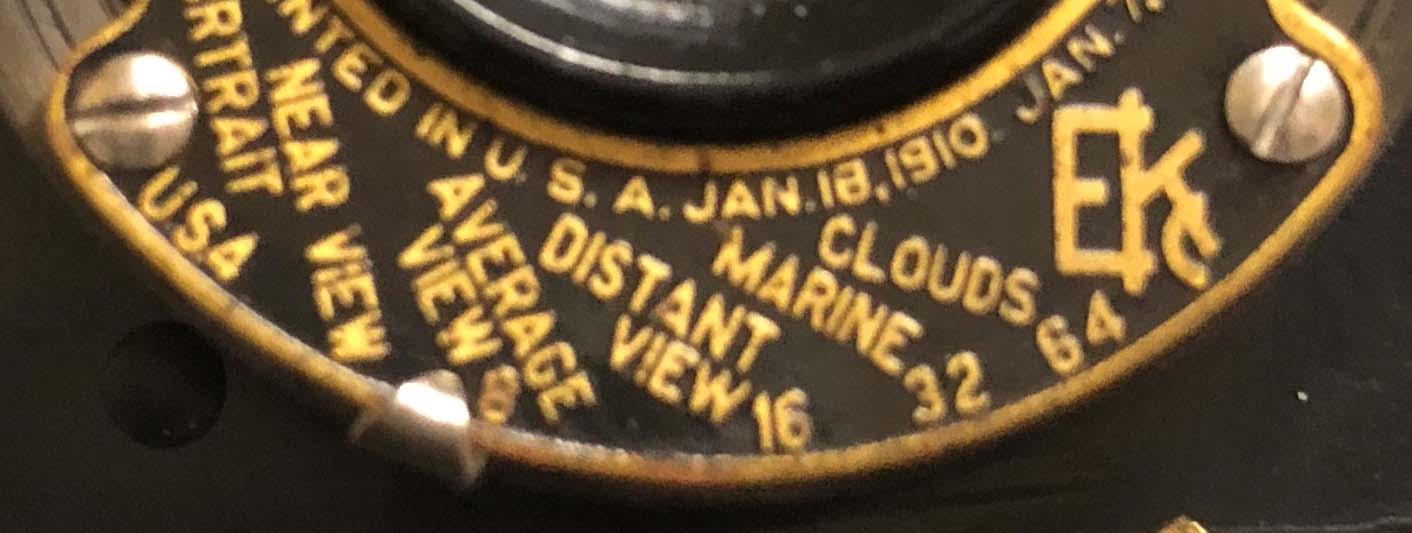


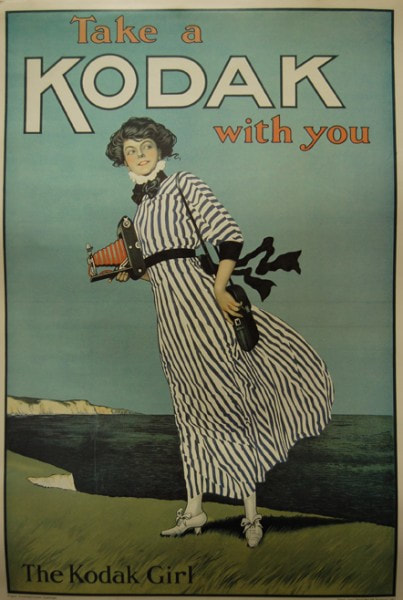
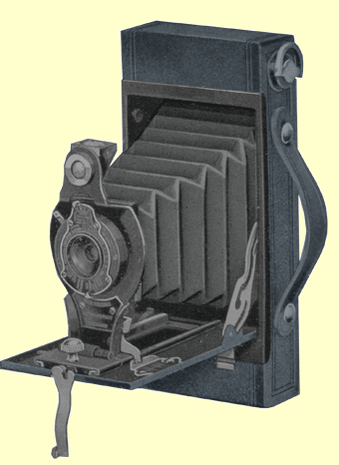
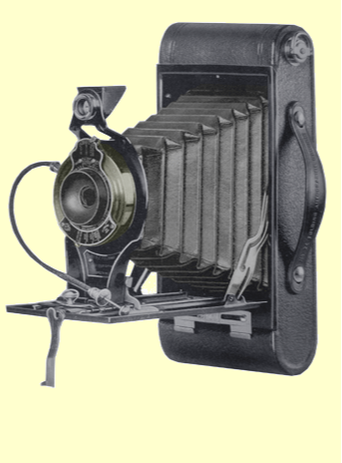
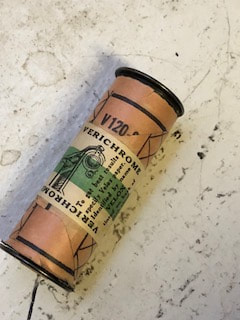
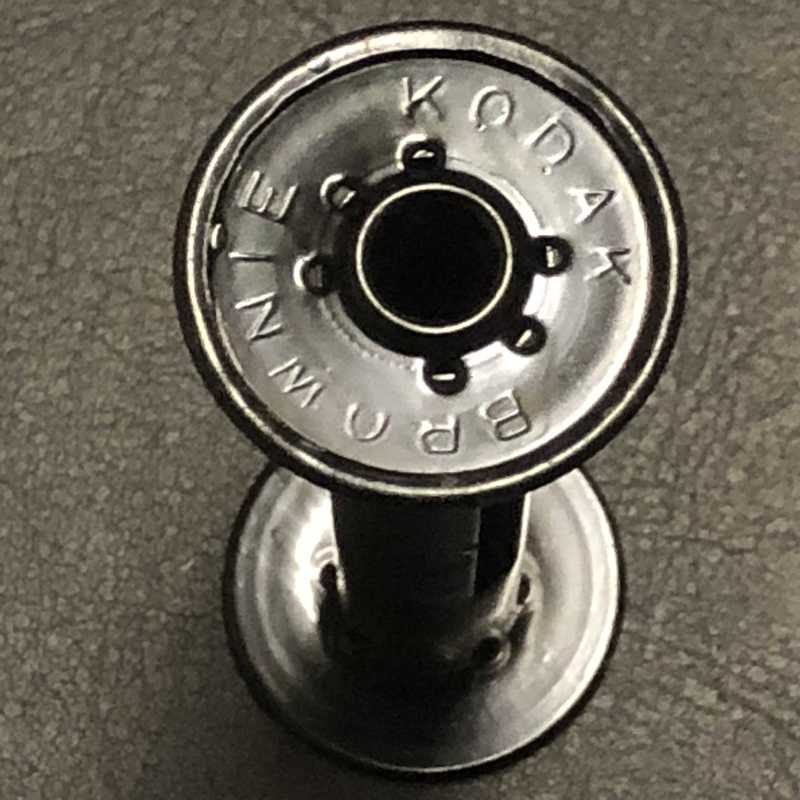
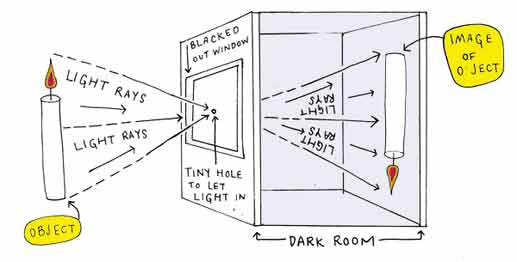
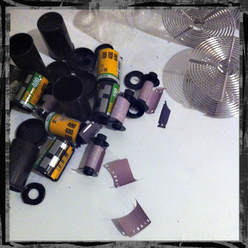
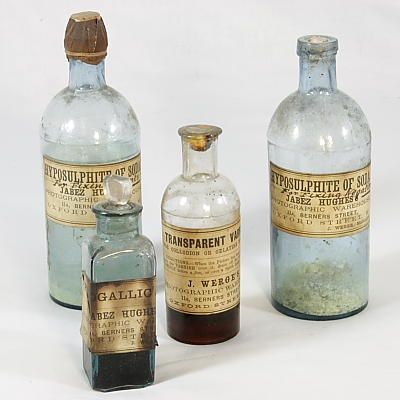
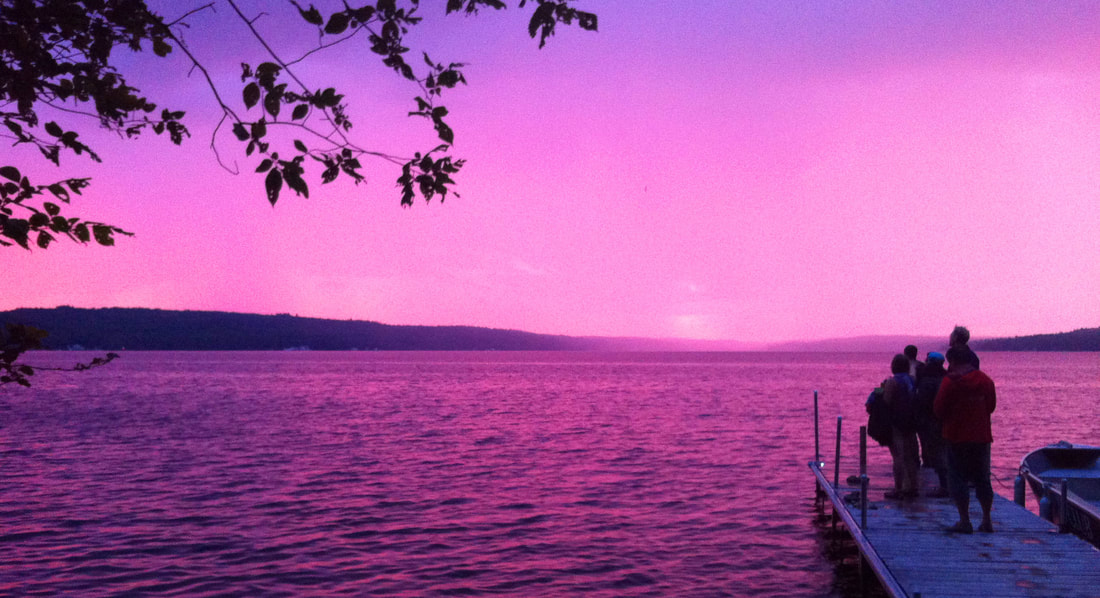
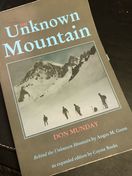
 RSS Feed
RSS Feed